Visit Girona’s old town in Catalonia
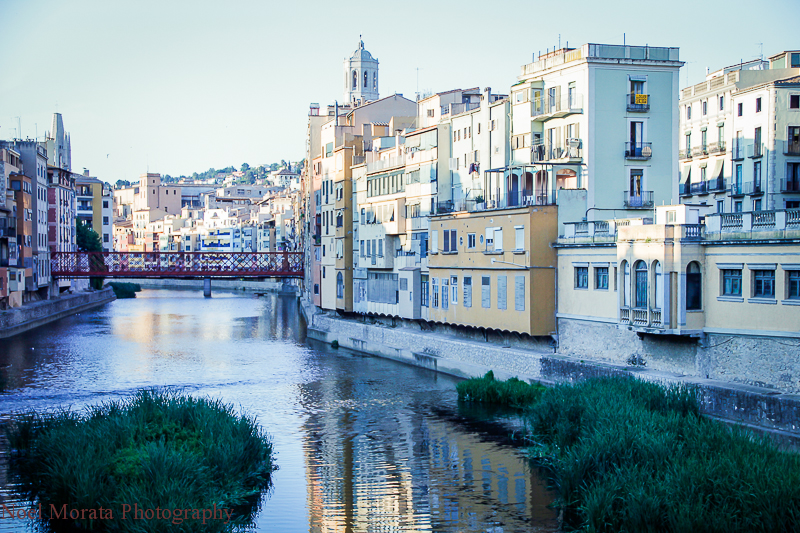
We explore the scenic and medieval city of Girona, famous for It’s Game of Thrones monuments and landscapes but also worthwhile city to visit on its own. Here’s a guide to visiting the city’s main attractions, historic sites and medieval center that exudes all the architectural treasures to discover on your own.
Girona, Spain is just over an hour and twenty minute train ride from Barcelona along the scenic Costa Brava region. It’s a charming city with a historic center, retaining many of its medieval appeal and well-preserved architecture. The old center of Girona is walkable with most of the attractions located along both sides of the Onyar river.
I enjoy doing taking photographs whenever I visit a beautiful city and Girona has so many photo-worthy sites and attractions to visit. It’s easy to walk on foot and spend some time capturing the essence and lifestyle of this idyllic place and Ienjoy the wonderful street and river scens along with historic and more contemporary styles around the city.
This guide covers Girona’s top attractions, photography opportunities, transportation options, and local cuisine, with insider tips from my multiple visits to the city
Girona old town – Key attractions to see and explore, photograph scenic places, visit old town and walk around the rampart areas
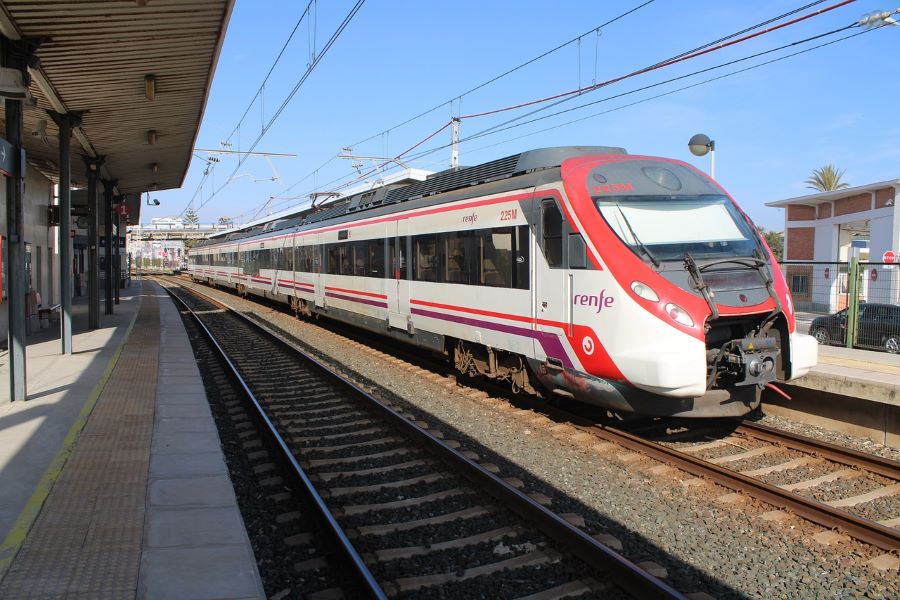
How to get to Girona, Spain?
To get to Girona, Spain, you have several transportation options:
By Plane: The nearest airport to Girona is Girona-Costa Brava Airport (GRO), which serves both domestic and international flights. From the airport, you can take a taxi or use public transportation to reach the city center of Girona.
By Train: Girona is well-connected by train to various cities in Spain. Renfe, the national railway company, operates regular train services to and from Girona. There are high-speed trains (AVE) from Barcelona, Madrid, and other major cities that offer a convenient and comfortable option to reach Girona. For more budget conscious travelers, take the regional train service which gets to to Girona central in about an hour and 20 minutes.
By Bus: Several bus companies provide routes to Girona from different cities in Spain and neighboring countries. ALSA, Sagalés, and Eurolines are some of the major bus companies that operate services to Girona. The bus station is centrally located in Girona, making it easy to access the city.
By Car: Girona is well-connected to the Spanish road network, and it can be reached by car via the AP-7 highway. The journey time and route will depend on your starting location. It’s worth noting that Girona’s historic city center has limited vehicle access, so it’s advisable to park outside the city center and explore on foot.
Once you arrive in Girona, the city is compact and walkable, allowing you to easily explore its charming streets, historic landmarks, and beautiful architecture. Public transportation, including buses, is also available for getting around the city and its surrounding areas.
I personally find it convenient and inexpensive to take the regional train service from Barcelona to Girona which gets to into the central district in an hour and 20 minutes, although having a car will give you the flexibility of exploring more of the countryside and remote areas that are not as accessible with public transportation.
Check out these top attractions around Girona Old Town to explore
This old town center and medieval Jewish district is wonderful to explore on foot and very compact. Here are the top places you should visit when you come to Girona.
Explore Girona’s river front and bridges
Most sites center around the river front area along the Onyar, there are nice strolling walkways on both sides of the river. The pedestrian walkways on either side are lined with vendors selling locally made products and craftsmen presenting their art work and crafts. Usually on weekends, there are even more vendors on the bridges setting up their booths to maximize on the foot traffic through these busy areas. Even though most of the monuments and attractions are in the old section, its easy and fun to just walk around the neighborhoods of Girona. Its compact size and mostly flat terrain, outside of the Jewish quarter allows for easy access and handicap considerations in the larger squares and streets.
I love exploring the riverfront area of Girona, with its picturesque blend of colorful architecture and historical charm. The iconic row of pastel-hued houses, known as the Cases de l’Onyar, lines the riverbanks, creating a vibrant backdrop for leisurely strolls. Crossing the Eiffel Bridge (Pont de les Peixateries Velles), designed by Gustave Eiffel before his famous tower, provides stunning views of these buildings and the river below. Nearby, the Plaça de la Independència serves as a lively hub, surrounded by neoclassical buildings housing cafes and restaurants, making it an ideal spot to relax and soak in the local atmosphere. The riverfront’s blend of scenic beauty and cultural landmarks makes it a must-visit area in Girona.
If you love great views and taking lots of inspiring photographs, I would definitely make the riverfront area a first stop to check out and capture the city with so many fantastic views.
Tip – head out to the bridges that cross over the Onyar River and you will have some nice views of the city and historic sites to admire and photograph.
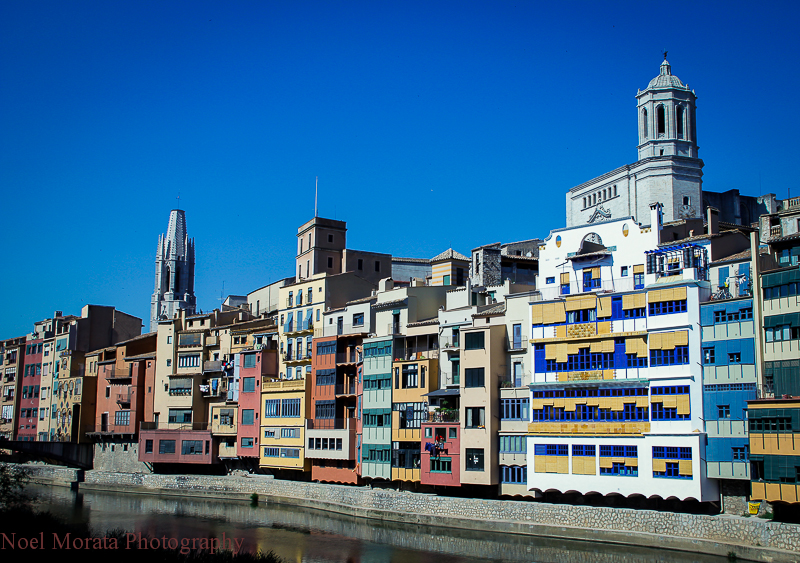
The Jewish quarter
The Jewish Quarter, or El Call, is one of the best preserved in Europe that thrived from the 12th century to the 14th century. The streets twist and narrow, and you can easily lose track of direction—which is kind of the point. There’s a sense of mystery here, especially if you explore in the early morning or late afternoon light. You’ll pass small artisan shops, tucked-away museums, and glimpses of medieval courtyards through iron gates.
Historical Significance
The Jewish presence in Girona dates back to at least the 9th century, with the community flourishing in the 12th century. Notably, Girona became a center for Jewish learning and Kabbalistic studies, with scholars like Rabbi Moshe ben Nahman (Nahmanides) contributing significantly to Jewish thought.
Architectural Features
The quarter is characterized by its labyrinthine streets, narrow alleys, and stone buildings, reflecting the medieval urban layout. Carrer de la Força serves as the main artery, leading visitors through the heart of the Jewish neighborhood. (Sinagoga Girona)
Museum of Jewish History
Housed in the former synagogue at the Bonastruc ça Porta Center, the Museum of Jewish History offers insights into the daily life, culture, and traditions of Girona’s Jewish community. The museum features artifacts, documents, and a significant collection of Hebrew tombstones from the Montjuïc cemetery.
Here’s a quick video tour of the Jewish Quarter, historic streets and detailed views of the area to explore below
Montjuïc Cemetery
Located on the slopes of Montjuïc (meaning “Hill of the Jews”), the cemetery served the community for centuries. While the original site has been repurposed over time, many of the tombstones have been preserved and are displayed in the Museum of Jewish History. (Wikipedia)
Exploring the Quarter
Visitors can explore the quarter’s historic streets, such as Carrer de Sant Llorenç and Carrer de Manuel Cundaro, which retain their medieval vibe. You can take some guided tours are available to provide deeper context and stories about the community’s history and legacy.
Girona’s Jewish Quarter stands as a testament to the city’s rich multicultural past, offering a poignant and educational experience for those interested in history and heritage.
I love to explore old parts of European cities and Girona’s old town oozes history, culture and traditions with little shops, cafes and tiny alleyways leading to hidden gardens and squares. This quarter in Girona, is preserved and a well-maintained Jewish ghetto in all of Europe and the Montjuic (Hill of the Jews in Catalan) has an important Jewish cemetery.
Ramparts of Girona
One of my favorite parts of exploring Girona is visiting the beautiful ramparts around the historic quarter with its medieval walls, secret gardens and amazing views around the city and beyond.
Walking along the old ramparts of Girona is a wonderful way to experience the city with magnificent views of the countryside surrounding the city. Green and rolling valleys extend endlessly with little villages and old churches framing the landscape.
There are many photo opportunities to capture nice compositions of the rolling hills or take some focused shots framing the center or the medieval sections of the old town and Jewish quarter. It’s good to experiment with older architectural fragments, interesting rampart details or garden foliage or flowers framing the foreground and extending your depth of field to the composition.
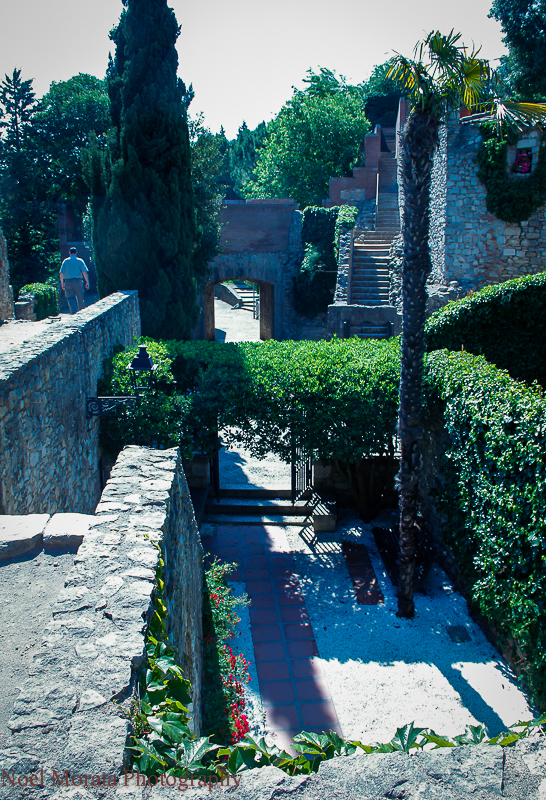
Views of the countryside in Girona, Spain
Here are more views of the City walls on this walking tour of Girona’s ramparts below
Cathedral and Cloisters
The medieval cathedral of Girona looks so stoic with its prominent site and scenic views overlooking the city and countryside. The interiors of this gothic cathedral are quite simple considering that this has the widest gothic nave in the world and is second widest overall after St. Peter’s Basilica in Rome.
Photo tip – Limited light and restricted tripods use makes the interior shots a little more difficult to get a precise and sharp image, so you have to be creative with your settings. You will have to make adjustments to ISO, shutter speed and aperture, or use steady surfaces like the pews to support your camera.
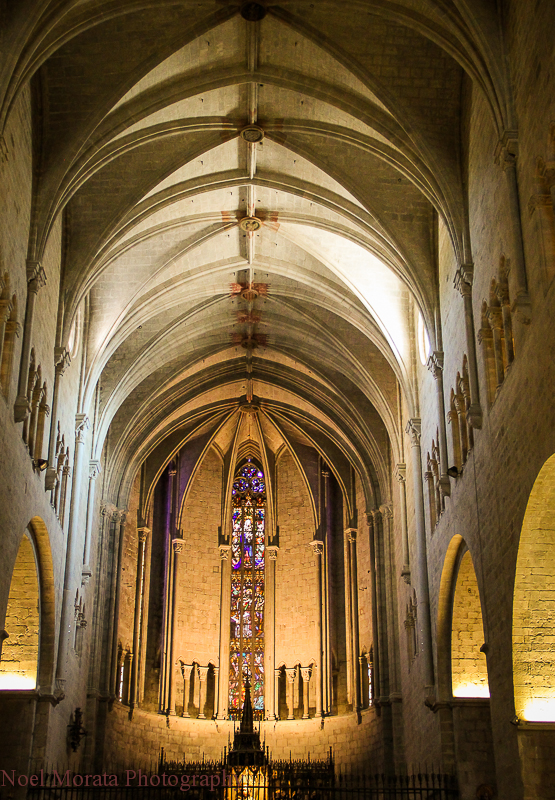
Girona Cathedral Cloisters and adjoining rooms
The adjoining building and cloister house a museum containing local architectural and church treasures worth visiting. There are many interesting insignia and crests built into the walls around the cloisters, look out for them and admire their subtle details. Framing the views of the central garden with the many arched columns creates a classic composition. In the image below, mid-day light is utilized by including the shadow effects on the stone ground flooring as part of the composition. Creating leading lines away from the central axis of the image and out of the frame helps to create a better composition and a more dynamic image.
These interior spaces are an interesting place to experiment with your photography and try different compositions, leading lines, light and dark, HDR techniques or any other subject that captures your imagination.
Opening Hours
Low Season (Nov 1 – Mar 14):
- Monday–Saturday: 10:00 AM – 5:00 PM
- Sunday: 12:00 PM – 5:00 PM
Mid Season (Mar 15 – Jun 14 & Sep 16 – Oct 31):
- Monday–Friday: 10:00 AM – 6:00 PM
- Saturday: 10:00 AM – 7:00 PM
- Sunday: 12:00 PM – 6:00 PM
High Season (Jun 15 – Sep 15):
- Monday–Friday: 10:00 AM – 7:00 PM
- Saturday: 10:00 AM – 8:00 PM
- Sunday: 12:00 PM – 7:00 PM
Note: Closed on December 25, January 1, and Good Friday. Hours may vary during special services.
Admission & Tickets
Standard Admission:
- €7.50 – Includes Girona Cathedral and Basilica of Sant Feliu with audio guide
- €12.00 – Includes Girona Cathedral, Basilica of Sant Feliu, and Girona Art Museum with audio guide (Girona)
Discounted Rates:
- €5.00 – Pensioners and students (with valid ID)
- €1.50 – Visitors under 16
- Free – Children under 7, Girona residents, and individuals with disabilities over 66%(
- Tourist groups (minimum 10 people with authorized guide): €6.00 per person(tickets.catedraldegirona.cat)
Tickets are valid for 12 months and can be used on the same or separate days.
Highlights
- Gothic Nave: The widest Gothic nave in the world at 23 meters.
- Tapestry of Creation: An 11th-century Romanesque textile masterpiece.
- Cloister: 12th-century Romanesque cloister with intricate sculptures.
- Baroque Façade: Impressive 17th-century staircase leading to the main entrance.
- Treasury Museum: Houses religious artifacts, including the Beatus manuscript.
Location & Contact
- Address: Plaça de la Catedral, s/n, 17004 Girona, Spain
- Phone: +34 972 427 189
- Website: www.catedraldegirona.cat(visitmuseum.gencat.cat, turismoencatalunya.es, La Catedral de Girona)
Tickets & Booking
- Purchase tickets online at the official ticketing site.(tickets.catedraldegirona.cat)
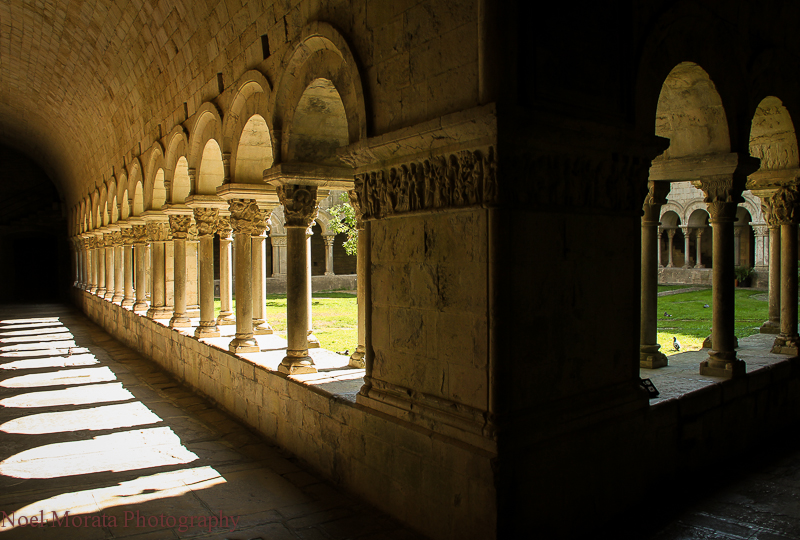
Visiting tip – Just behind the cathedral are the Arab Baths offer a quiet stop to admire Romanesque architecture influenced by Muslim design, with a calming stone interior that feels like a sanctuary from the sun.
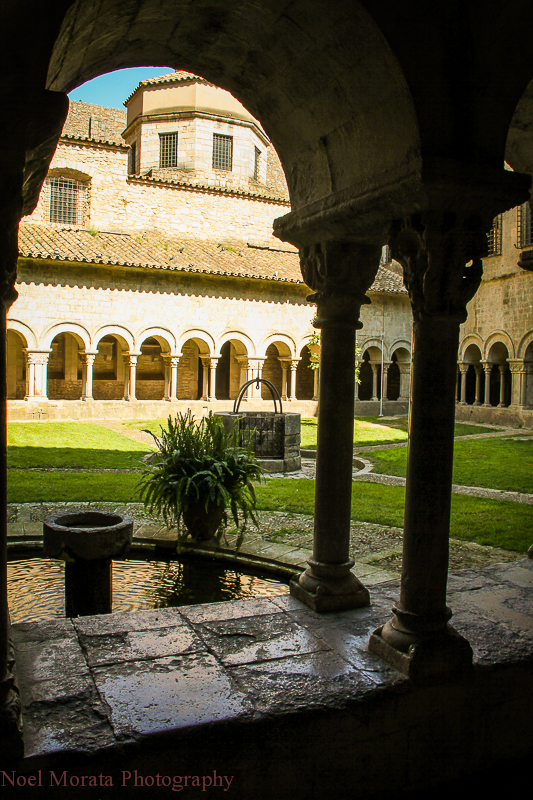
Check out more details and history of the Girona cathedral and cloisters below
Arab Baths of Girona
The Arab Baths of Girona offer a fascinating look into the city’s medieval past, inspired by Roman and Moorish influences rather than being truly Arab in origin. Built in the 12th century, the stone structure is remarkably well preserved, featuring a domed central room, cold and warm bathing areas, and columns that echo classical design. A walk through the space gives you a quiet, atmospheric glimpse into what public bathing looked like in the Middle Ages. It’s a worthwhile visit not just for the architecture, but for how it connects you to Girona’s layered cultural history in a peaceful, almost hidden setting near the city’s cathedral.
Entrance Price
-
Standard adult ticket: €3
-
Reduced rate: €2 (seniors over 65)
-
Students, children under 16, unemployed or large‑family visitors: €1 each (max €30 per group)
-
Children under 8: Free
-
Monday to Saturday: 10:00 AM – 6:00 PM
-
Sundays & public holidays: 10:00 AM – 2:00 PM
-
Closed: January 1 & 6, and December 24–26
🌐 Official Website & Contact
-
Website: banysarabs.cat
Check out this video tour of the historic Arab Baths of Girona Below
Independence Square and dining
Plaça de la Independencia or Independence Square is a historic square in the center of Girona filled with many bars and dining spots, making it a popular gathering and dining venue. A mixture of 18th to 19th century styles called the Noucentisme style represents the romantic period with a timeless neo-classical appeal. It’s a prime people watching venue and photographing the cafes, local food specialties and urban street scenes are a nice way of presenting the lifestyle here in Girona.
Dining Tip – For more about the wonderful foods of Girona, check out this fantastic Girona dining overview here.
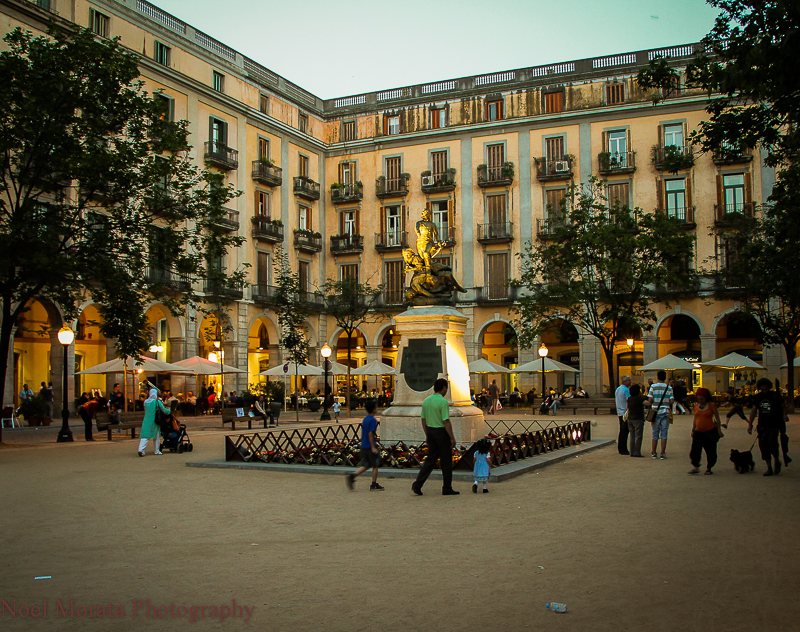
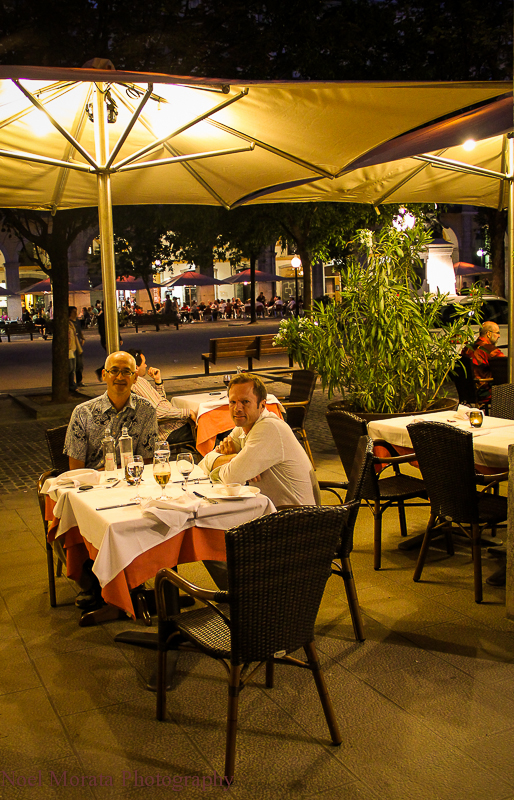
Local foods to eat in Girona
1. Mar i Muntanya (Sea and Mountain Dishes)
- Traditional Catalan fusion of seafood and meat.
- Common combos: chicken with shrimp, cuttlefish with meatballs.
- Rich, hearty stews that reflect Girona’s varied landscape.
2. Xuixo
- Local pastry stuffed with cream and deep-fried, then dusted with sugar.
- Originated in Girona, perfect with coffee.
- Sweet, flaky, and a bit messy—in the best way.
3. Botifarra
- Traditional Catalan sausage, often grilled or used in stews.
- Comes in different versions: white (botifarra blanca), black (botifarra negra), and spicy varieties.
- Served with white beans or “pa amb tomàquet” (bread rubbed with tomato).
4. Escudella i Carn d’Olla
- A hearty winter stew made with meat, vegetables, and pasta or rice.
- Slow-cooked and often served in two courses (soup first, then meat and veg).
- Traditional comfort food.
5. Cargols a la llauna
- Snails cooked in a metal tray, seasoned with garlic, herbs, and sometimes spicy sauces.
- Popular in many Catalan regions, especially during festivals.
6. Suquet de Peix
- Fish stew made with potatoes, garlic, tomato, and saffron.
- Often features monkfish, prawns, or other local catch.
- Coastal roots but found inland too.
7. Pa amb Tomàquet
- Bread rubbed with ripe tomato, drizzled with olive oil and a pinch of salt.
- Sometimes topped with jamón, cheese, or anchovies.
- Simple but central to local meals.
8. Crema Catalana
- Similar to crème brûlée but lighter, with citrus and cinnamon flavors.
- Burnt sugar top cracked just before eating.
- Classic dessert with regional pride.
9. Girona-Style Apple Sausage (Botifarra Dolça)
- Sweet sausage made with apples, sugar, and spices.
- Often grilled or baked with wine or served as dessert.
10. Local Cheeses and Cured Meats
- Artisan cheeses like Garrotxa (goat cheese) and Mató (fresh cheese).
- Jamón ibérico and fuet (thin cured sausage) common in local markets.
Here’s a fun video tour of the top dining scene spots to enjoy while you are visiting Girona and want to sample amazing local and international foods
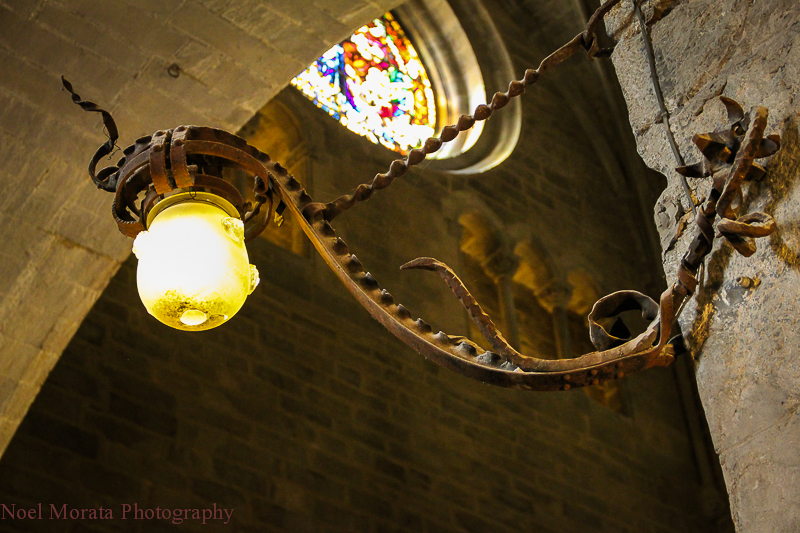
Photographing tips
I do love visiting Girona for all the fantastic photography opportunities to capture around the city. If you’re looking to capture the beauty of Girona beyond its main attractions, here are some inside tips for photographing the city:
Explore the Side Streets: Girona’s narrow and winding side streets are a treasure trove for photographers. Wander off the main tourist routes and discover hidden alleys, charming courtyards, and colorful facades. These lesser-known spots often provide unique perspectives and opportunities for capturing the city’s authenticity.
Capture the Details: Pay attention to the architectural details that make Girona special. From ornate balconies and intricate ironwork to colorful tiles and beautiful doorways, the city is brimming with photogenic details. Get up close, experiment with different angles, and highlight the unique elements that catch your eye.
Seek Reflections and unusual angles: Girona’s river, the Onyar, flows through the city, offering picturesque reflections. Look for vantage points that allow you to capture the colorful houses along the riverbanks mirrored in the water. Play with different compositions and experiment with reflections to add an artistic touch to your photographs.
Chase the Golden Hour: Take advantage of the magical light during the golden hour, which occurs shortly after sunrise and before sunset. The warm, soft light during these times enhances the city’s beauty and creates a captivating atmosphere. Head to elevated viewpoints or open spaces to capture Girona bathed in the golden hues of the sun.
Explore the city at Night: Girona takes on a whole new charm after sunset. The city lights up, casting a warm glow on the streets and landmarks. Capture the illuminated buildings, bridges, and churches by venturing out for some nighttime photography. Use a tripod or find stable surfaces to capture long-exposure shots and capture the city’s enchanting nocturnal ambiance.
Embrace Local Life: To capture the essence of Girona, photograph the locals going about their daily routines. Seek out bustling markets, small neighborhood shops, and lively plazas where people gather. Candid street photography can reveal the vibrant energy and authentic character of the city.
Remember to respect the privacy of individuals, seek permission when necessary, and be mindful of local customs and regulations while photographing in Girona. By venturing off the beaten path and exploring the lesser-known corners, you’ll uncover hidden gems and create a unique visual story of this captivating city.
Here are more tips and don’ts to visiting Girona and inside story of things to do and see here
Weather and best time to visit Girona
Girona enjoys a Mediterranean climate, characterized by mild winters and hot summers. The best time to visit Girona depends on your preferences and the activities you plan to engage in.
Spring (April to June) and Fall (September to October) are generally considered the best seasons to visit Girona. During these months, the weather is pleasant, with temperatures ranging from 15°C (59°F) to 25°C (77°F). The city is less crowded compared to the peak summer season, making it an ideal time for sightseeing, exploring the historic sites, and enjoying outdoor activities.
Summer (July to August) is the peak tourist season in Girona, attracting visitors from around the world. The weather is hot, with temperatures averaging between 25°C (77°F) to 30°C (86°F). It’s a great time to enjoy the vibrant atmosphere, participate in local festivals, and relax by the beach. However, be prepared for larger crowds and higher accommodation prices during this period.
Winter (December to February) in Girona is mild but cooler compared to other seasons. The temperatures range from 5°C (41°F) to 15°C (59°F). While the city experiences fewer tourists during winter, it still offers a charming atmosphere and a chance to explore the historic sites without the crowds. It’s a good time to visit if you prefer a quieter experience and want to take advantage of lower hotel rates.
Further Reading
If you enjoyed this post, please check out my other best places to visit around the Catalunya region of Spain.
Museu Nacional d’Art de Catalunya, Spain
Pin and save this for later
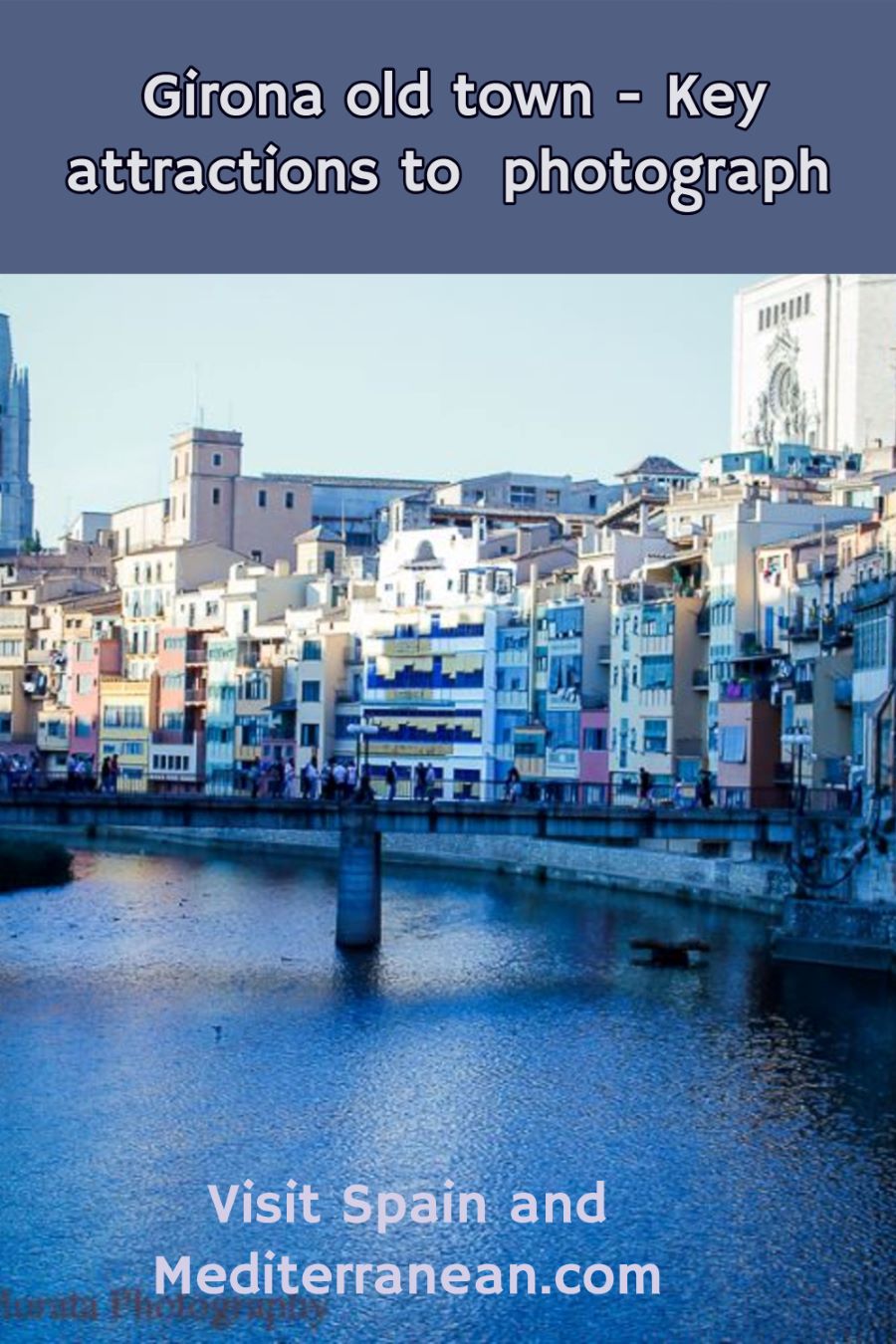
Conclusion to visiting Girona Old Town
Girona has all the nicer amenities of a smaller city in Catalonia with medieval charms, and it is easy to maneuver and enjoy. It’s just the right size of city to walk around and spend a leisurely weekend. For longer stays, it’s a perfect place for visiting the surrounding attractions along the Costa Brava. These were my favorite attractions and areas of Girona that I enjoyed visiting, if you also have a favorite spot in the city that I didn’t cover, please share some of your favorite experiences in the comments.
In conclusion, visiting Girona Old Town offers a wealth of opportunities to capture its charm, beauty, and hidden gems. By venturing beyond the main attractions and exploring the city’s side streets, you’ll discover unique perspectives and enchanting details that showcase Girona’s authenticity. Don’t be afraid to experiment with different angles, compositions, and lighting conditions to create captivating images. Whether you’re capturing the vibrant colors of the houses along the Onyar River, the intricate architectural details, or the bustling local life, Girona provides a rich tapestry of photographic possibilities. With each click of the camera, you’ll preserve the essence and spirit of this captivating city, creating lasting memories and a visual story of your experience in Girona.
If you want to enjoy more travel journeys through Spain, please take a look at this series of posts on Barcelona starting with this first article. I hope you get a chance to enjoy reading these other stories.
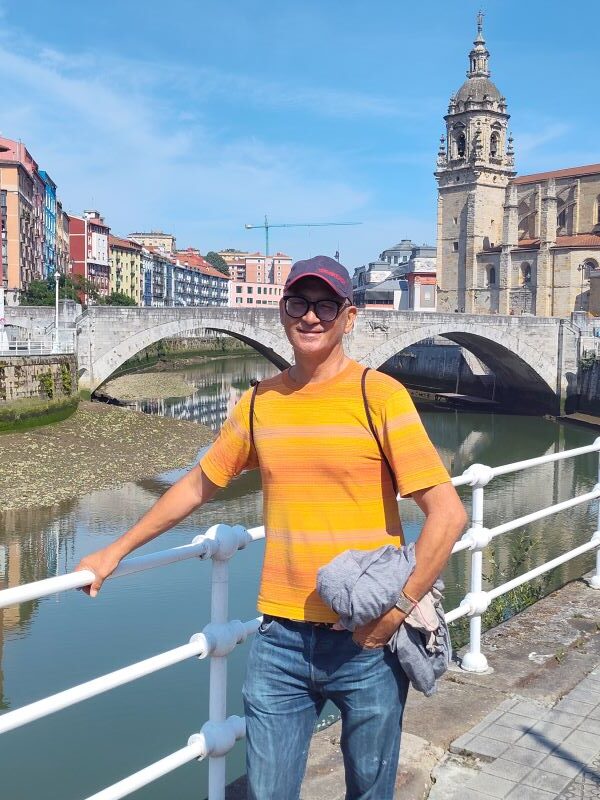
About the author – Noel Morata
A transplant from the USA to sunny Andalusia east of Granada city, Noel has been traveling all around the country by rail, bus and driving through the more scenic and not so easily serviced transportation areas. With over 20 years of photography and travel writing experience, He loves to share his passion and discoveries to new places, foods, distinctive history and cultural ideas and traditions that makes Spain so colorful and fascinating. Noel writes about his personal experiences in visiting new locations, observations and tips to making your visit to Spain memorable and carefree. His guides and easy to follow itineraries are filled with good ideas, tips and updated information on traveling around the country and seeing all the best of Spain.
Thanks for visiting today and seeing this post on Girona Old town in Spain with Visit Spain and Mediterranean. If you enjoyed the post, please do share it with any of the social media buttons around the post, thank you.
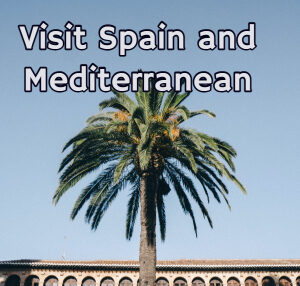
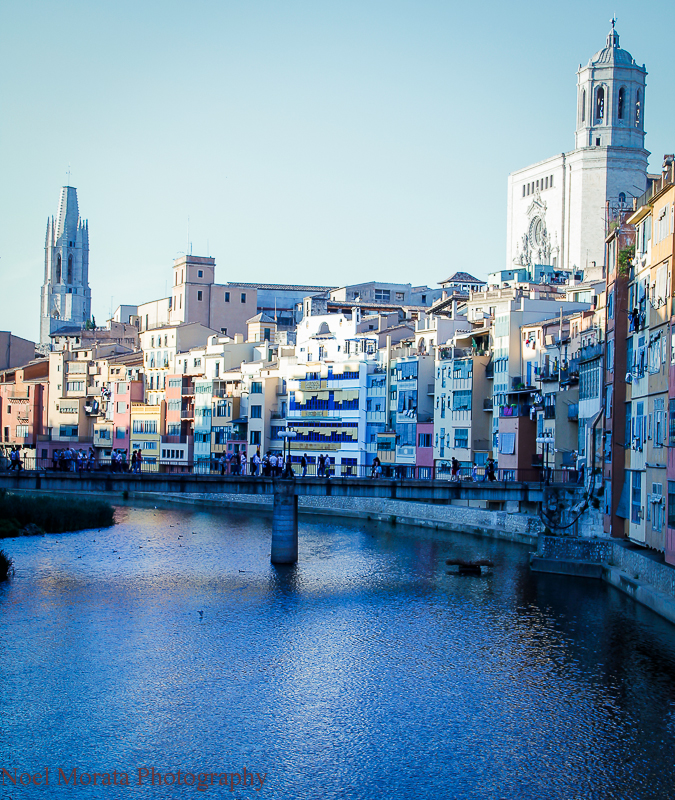
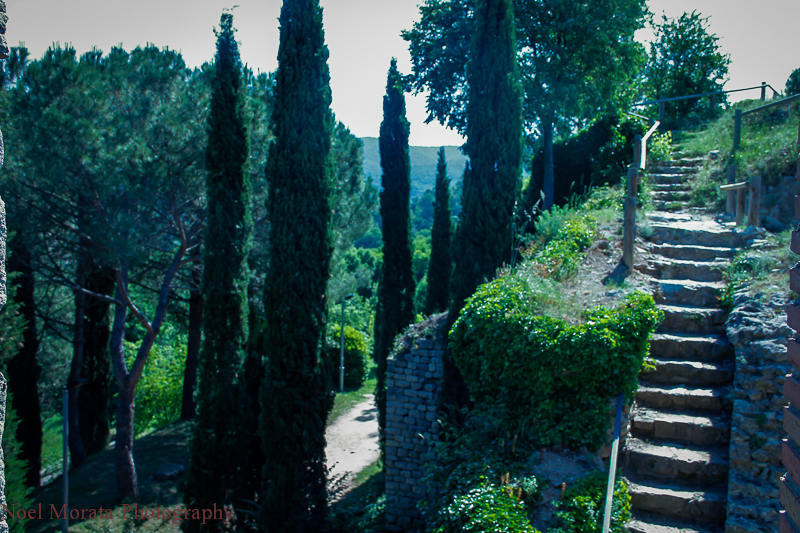
4 thoughts on “Girona old town”